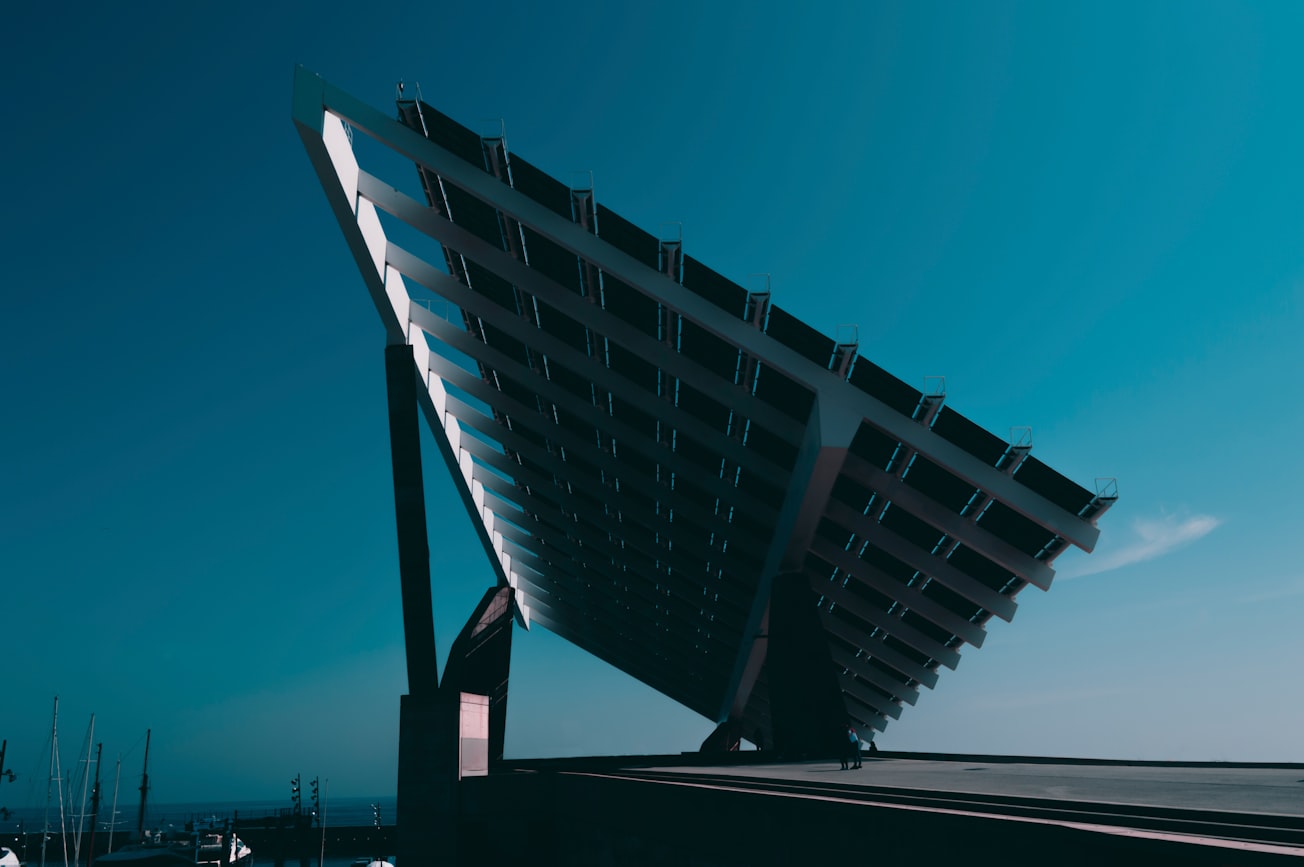What is it about?
We immersed 99 participants in a the Mobile Visual-Acoustic Laboratory into 3D landscape simulations of renewable energy system scenarios. We used the EVE software to conduct experiments on the perception and collected data with physiological sensors and questionnaires.
Featured Image

Photo by Biel Morro on Unsplash
Why is it important?
We found that physiological arousal was higher for landscapes with more renewable energy systems. Furthermore, the physiological arousal was positively correlated with the visual impact of photovoltaic systems. In general, participants preferred landscapes with lower amounts of renewable energy systems but landscapes preferences may be attributable to the perceived naturalness of the landscapes.
Perspectives
In this work, we show surprising that people have a strong physiological response to renewable energy systems in a natural context. The response seems to be more subdued when the renewable energy systems are co-located with the build environment such as cities. Renewable energy systems are key for a sustainable future but we must understand better the interplay between human perception and naturalness or we may run into strong opposition to the necessary development and deployment of renewable energy systems.
Jascha Grübel
ETH Zürich
Read the Original
This page is a summary of: Physiological and behavioral reactions to renewable energy systems in various landscape types, Renewable and Sustainable Energy Reviews, January 2021, Elsevier,
DOI: 10.1016/j.rser.2020.110410.
You can read the full text:
Resources
EVE: A Framework for Experiments in Virtual Environments
EVE is a framework for the setup, implementation, and evaluation of experiments in virtual reality. The framework aims to reduce repetitive and error-prone steps that occur during experiment-setup while providing data management and evaluation capabilities. EVE aims to assist researchers who do not have specialized training in computer science. The framework is based on the popular platforms of Unity and MiddleVR. Database support, visualization tools, and scripting for R make EVE a comprehensive solution for research using VR.
Virtual Reality Experiments with Physiological Measures
Virtual reality (VR) experiments are increasingly employed because of their internal and external validity compared to real-world observation and laboratory experiments, respectively. VR is especially useful for geographic visualizations and investigations of spatial behavior. In spatial behavior research, VR provides a platform for studying the relationship between navigation and physiological measures (e.g., skin conductance, heart rate, blood pressure). Specifically, physiological measures allow researchers to address novel questions and constrain previous theories of spatial abilities, strategies, and performance. For example, individual differences in navigation performance may be explained by the extent to which changes in arousal mediate the effects of task difficulty. However, the complexities in the design and implementation of VR experiments can distract experimenters from their primary research goals and introduce irregularities in data collection and analysis. To address these challenges, the Experiments in Virtual Environments (EVE) framework includes standardized modules such as participant training with the control interface, data collection using questionnaires, the synchronization of physiological measurements, and data storage. EVE also provides the necessary infrastructure for data management, visualization, and evaluation. The present paper describes a protocol that employs the EVE framework to conduct navigation experiments in VR with physiological sensors. The protocol lists the steps necessary for recruiting participants, attaching the physiological sensors, administering the experiment using EVE, and assessing the collected data with EVE evaluation tools. Overall, this protocol will facilitate future research by streamlining the design and implementation of VR experiments with physiological sensors.
Contributors
The following have contributed to this page







